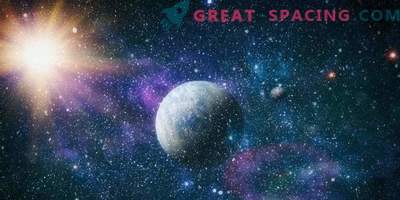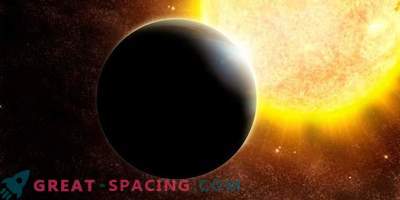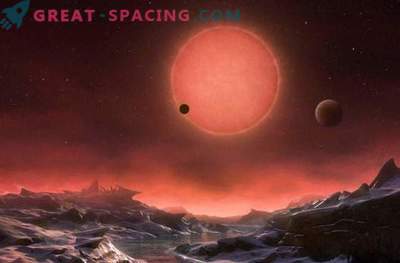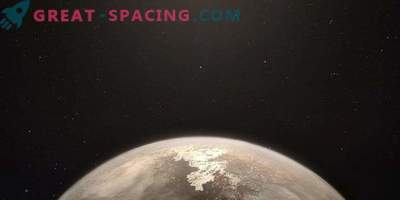
The scientists decided to check whether the planets of the TRAPPIST-1 system could have water. It turns out that the 3 outer planets are located in a good position with respect to the star.
The discovery of planets in the system was announced in 2017. They all revolve around an ultrashort dwarf, 40 light-years distant from us. Therefore, TRAPPIST-1 has become a planetary system with the largest number of objects of the earth type.
The researchers used the Hubble telescope to study ultraviolet rays. This is an important factor in the evolution of planetary atmospheres. UV light from the star can destroy water vapor, dividing it into hydrogen and oxygen.
If the UV rays are at low energy, then they destroy water molecules, and with a higher energy index they warm up the upper atmosphere, allowing hydrogen and oxygen to escape.
The rotation of the seven planets around TRAPPIST-1. Under the star you can see the constellation Orion Hydrogen gas is separated from the atmosphere of exoplanets and gets into the lens of Hubble. Watching this amount, you can determine how much water has been lost. Most of the UV rays go to TRAPPIST-1b and TRAPPIST-1c, because they are located close to the star.
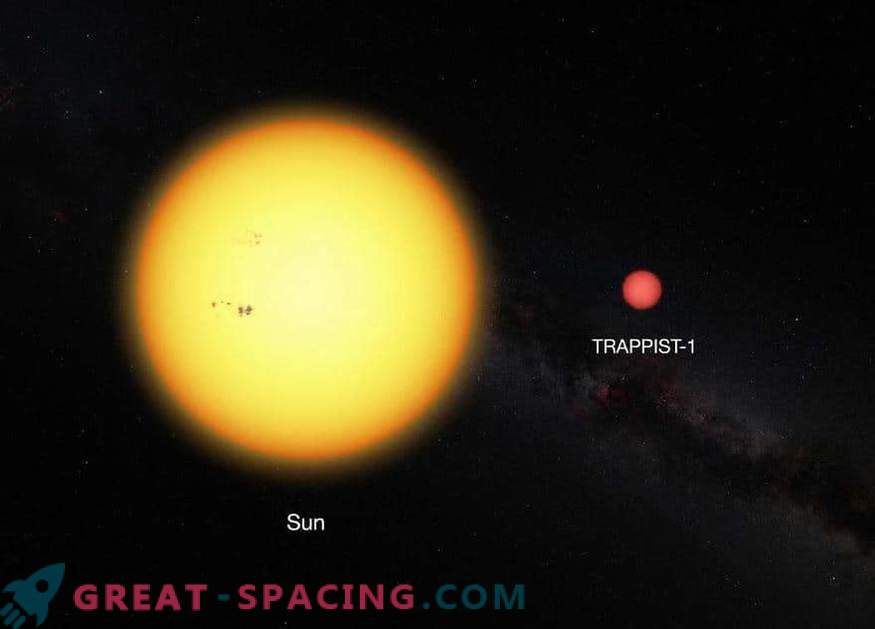
Sun and TRAPPIST-1. The second star reaches only 11% of the solar diameter and is redder in color. Her planets are located closer to Mercury, so they receive as much radiation as Earth, Venus and Mars.
Over the past 8 billion years, the inner planets could lose more than 20 terrestrial oceans. But the outer planets are able to retain a certain amount of water on the surface. Calculations show that large objects are more likely to have liquid water. But modern telescopes do not allow to say for sure. At the very least, we have excellent candidates who will need to be tested by the future telescope of James Webb.





